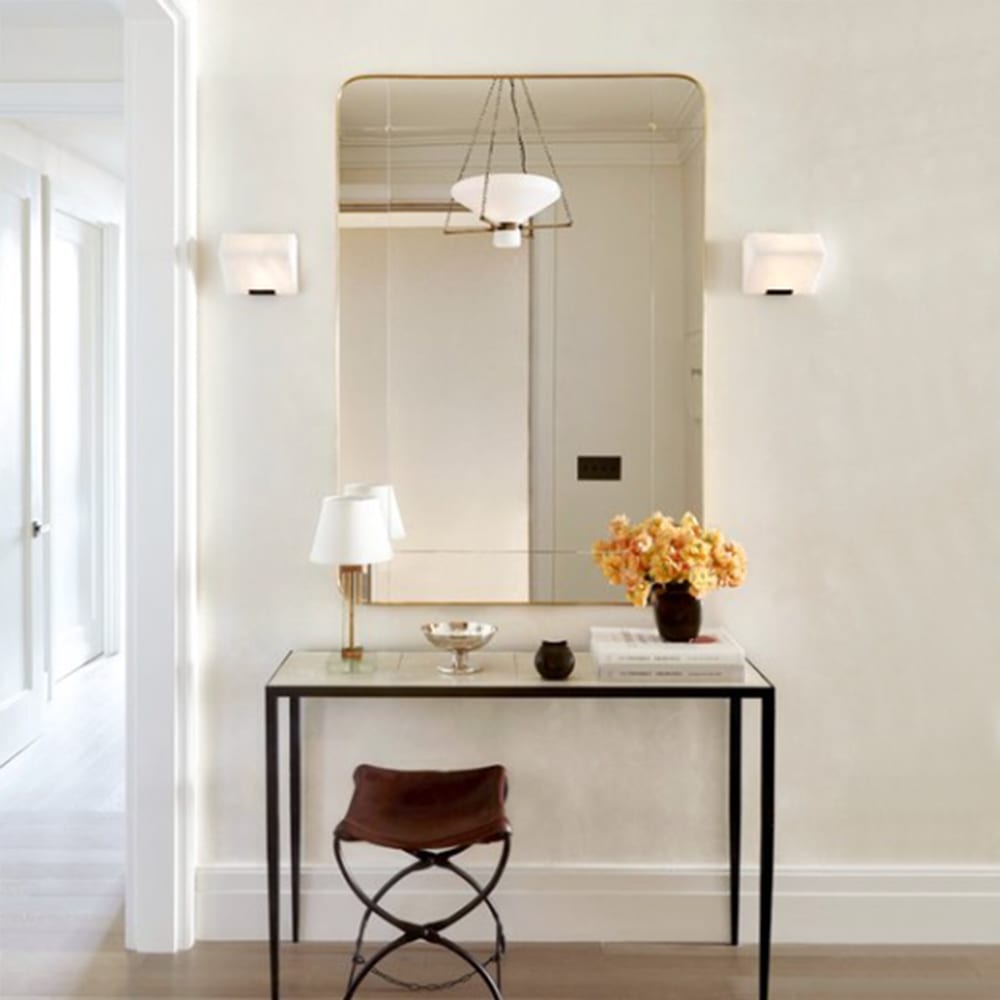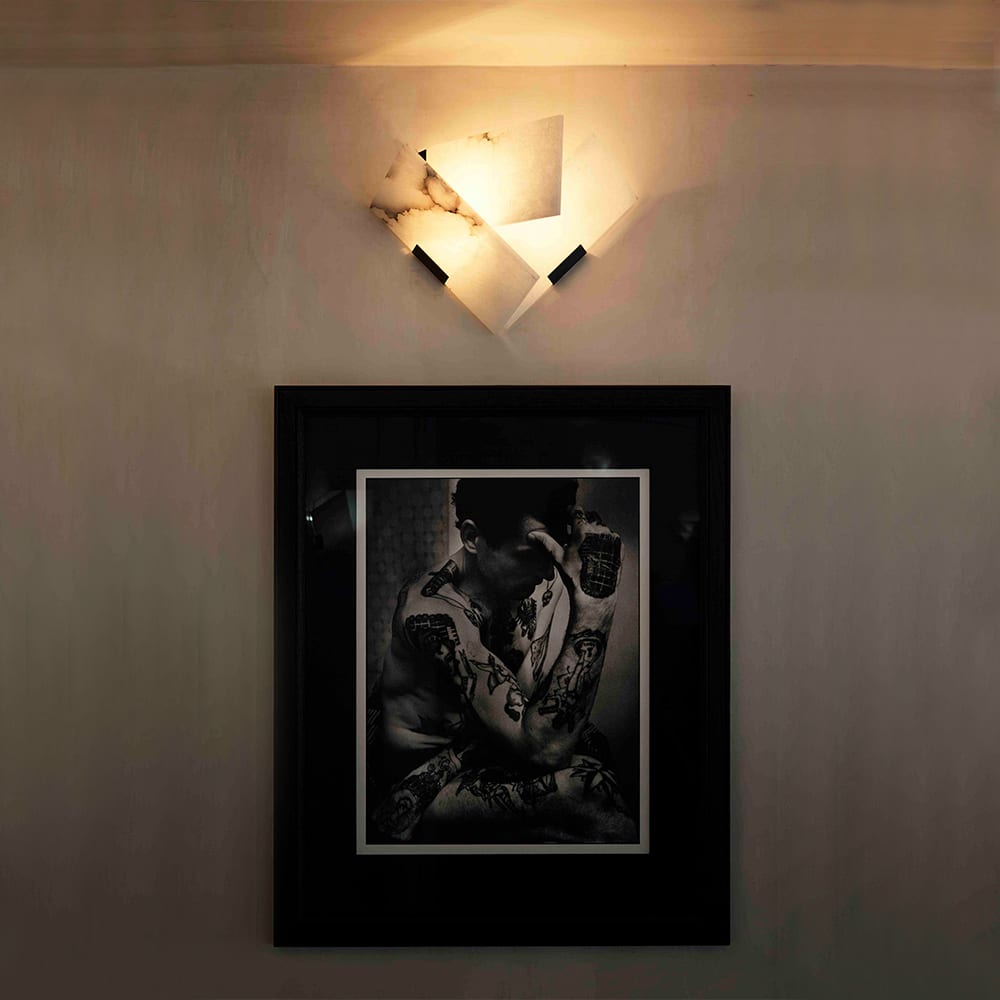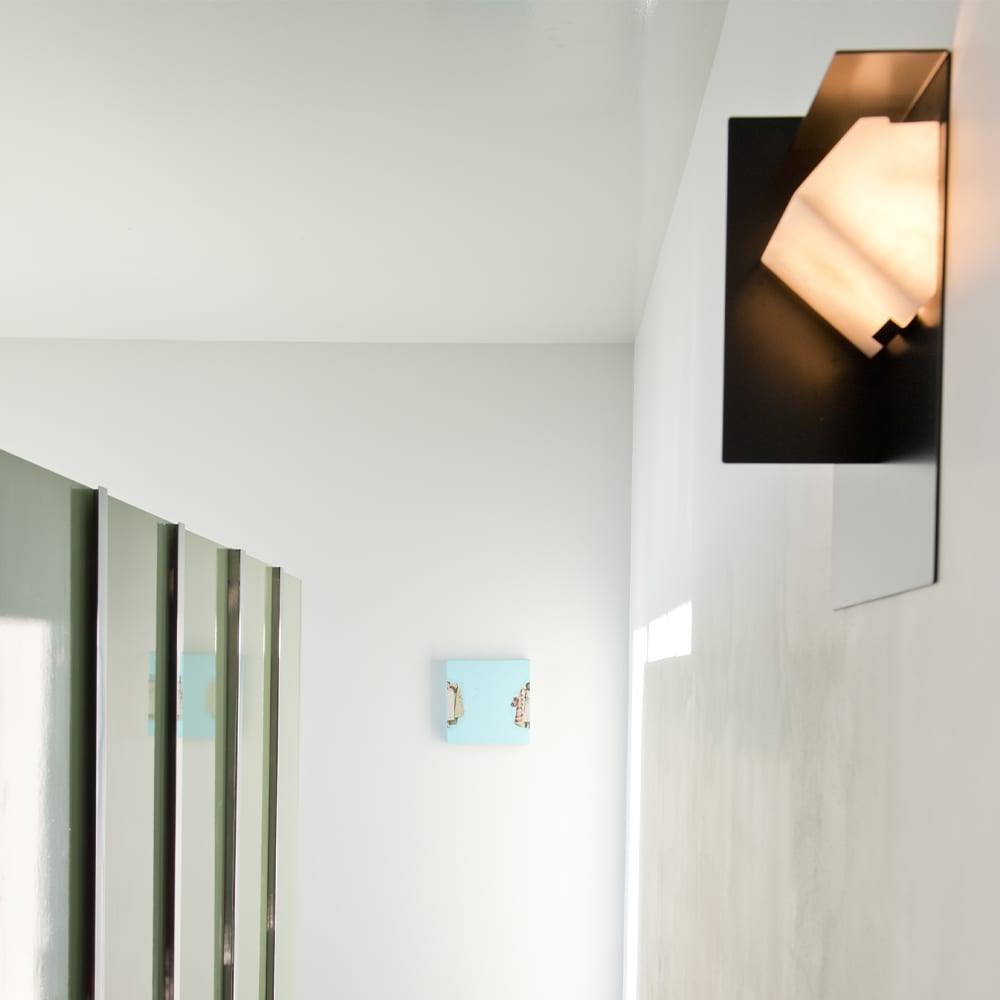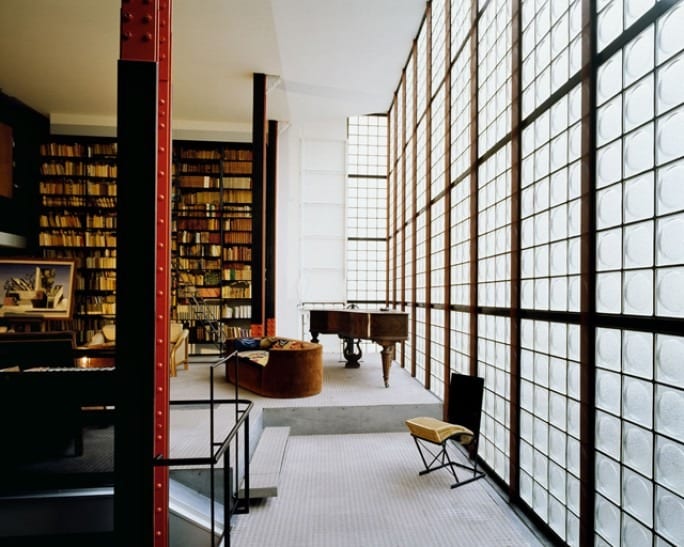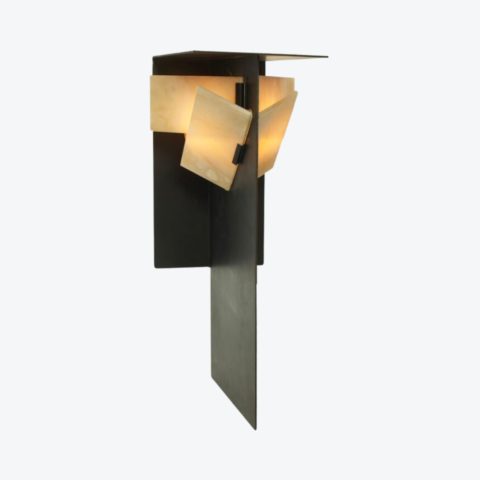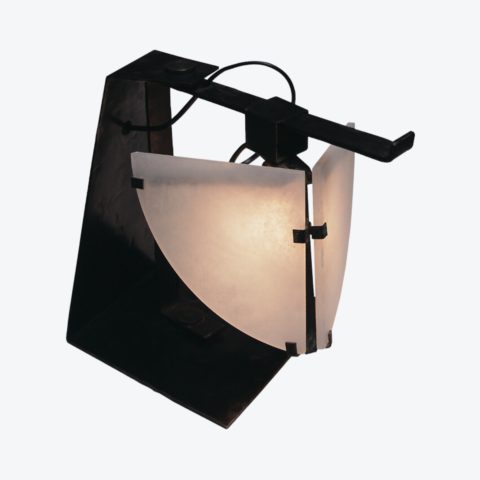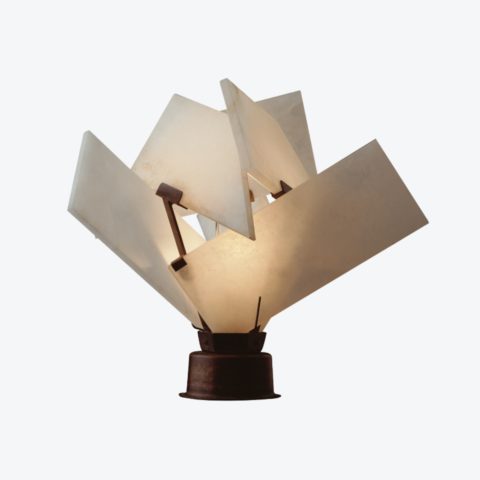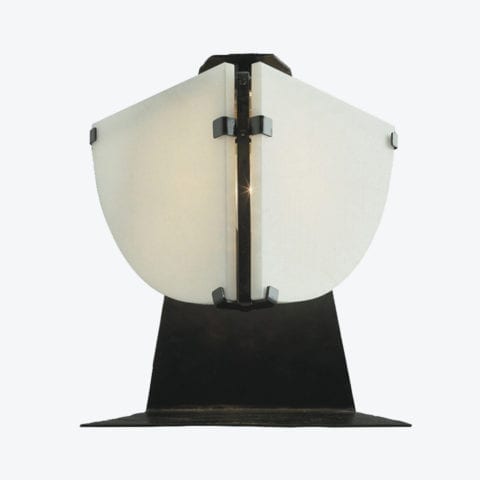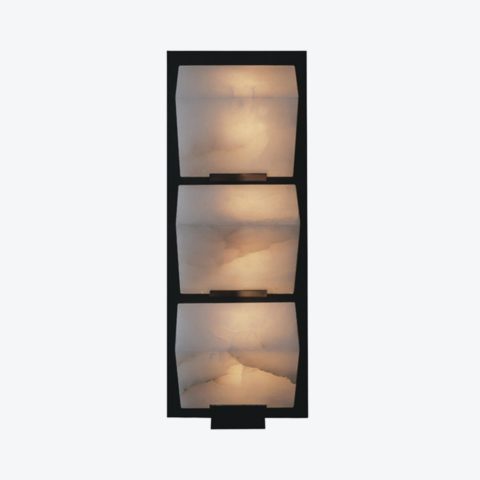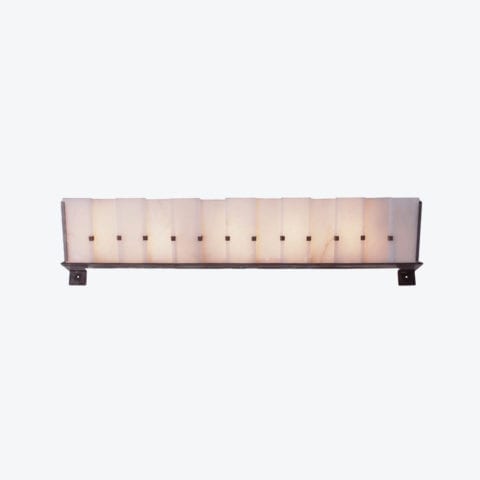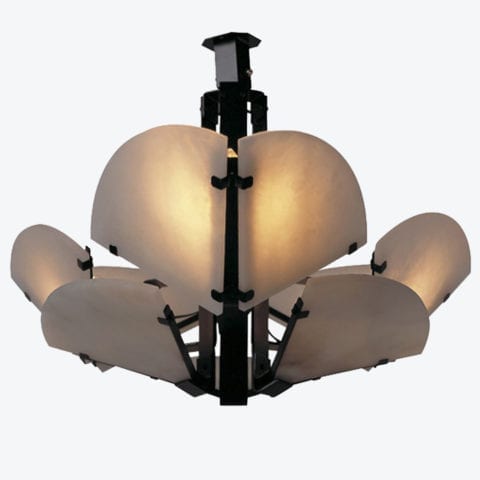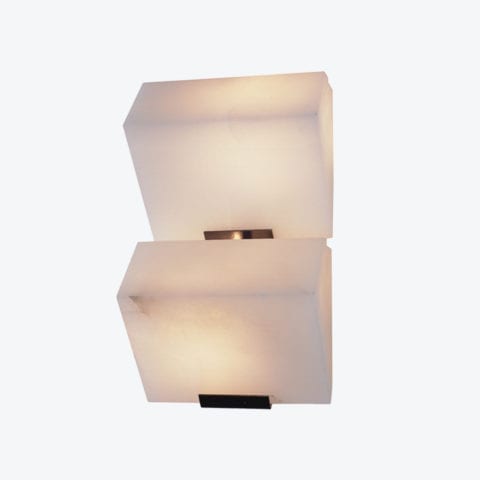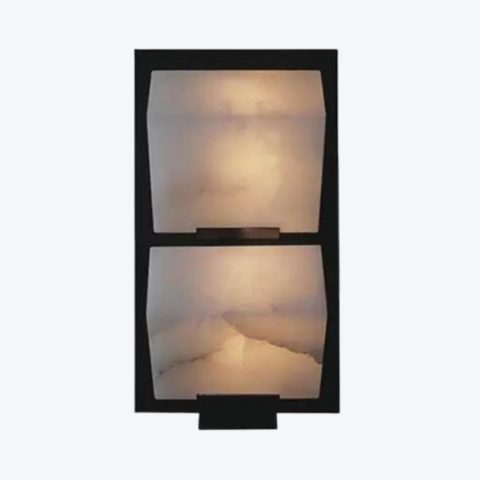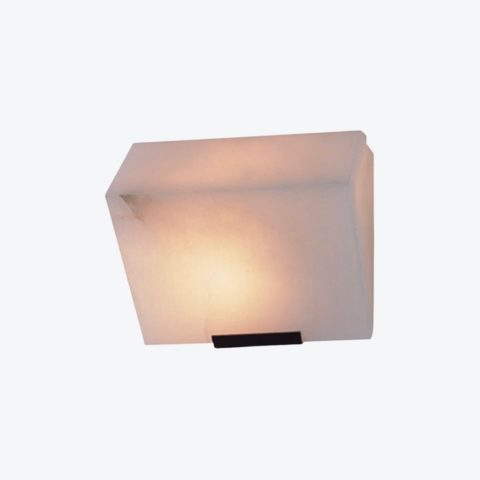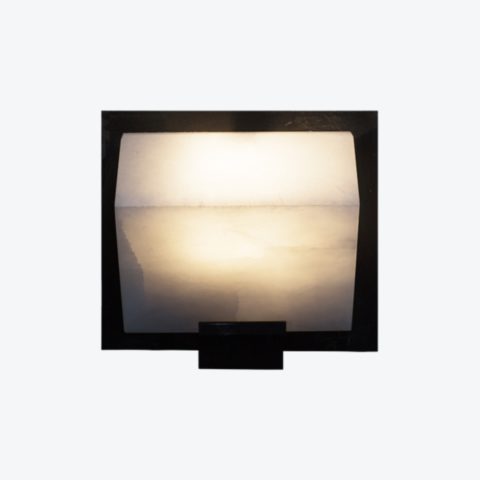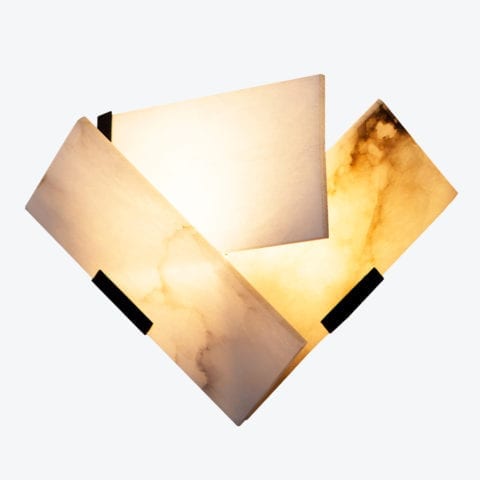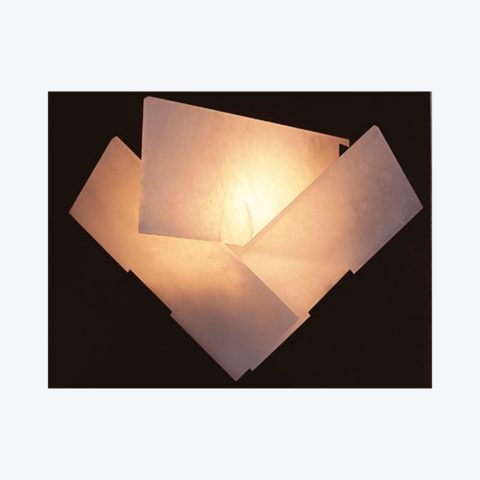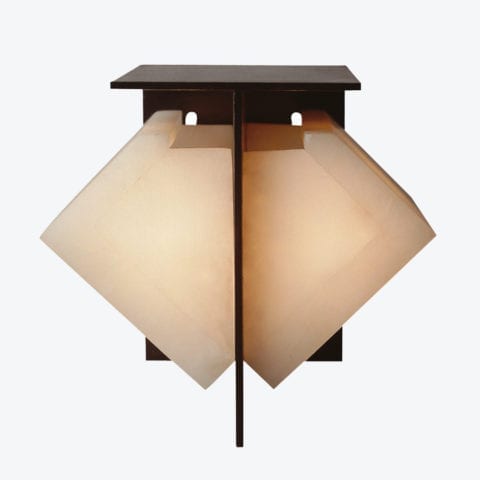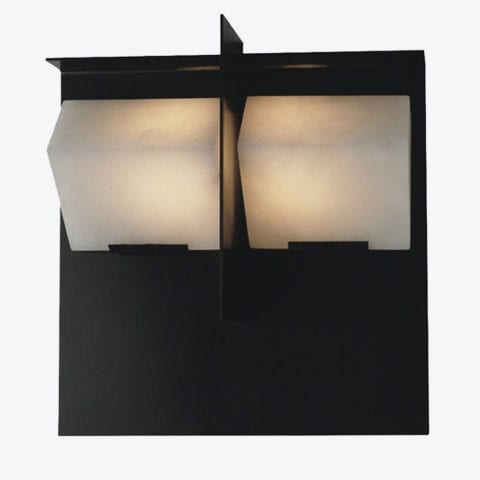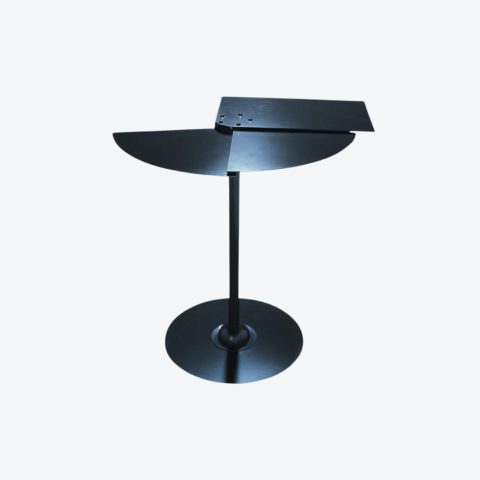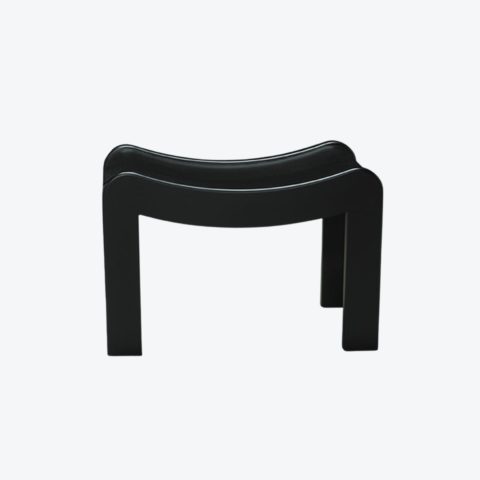“No house in France better reflects the magical promise of 20th-century architecture than the Maison de Verre,” wrote architecture critic Nicolai Ouroussoff in the New York Times about the groundbreaking project by Pierre Chareau. Arguably one of the most influential works of modern architecture, the « House of Glass » stands as the most innovative example of Chareau’s genius.
The visionary designer brought modernity into interior decoration by his pioneering use of wood, glass and metal. By the mid 1920s he had joined the prestigious Société des Artistes Décorateurs and, in 1929, he co-founded the “Union des Artistes Modernes”. With some of his like-minded peers – including Robert Mallet-Stevens and Jean-Michel Frank – he befriended the most sought-after artists of his time, Max Ernst, Joan Miró, Amedeo Modigliani, Louis Aragon, Paul Éluard and André Breton to name abut a few.
Chareau’s architectural projects and furniture design practice thrived during those years, a time of great creativity for many artists. He owned two galleries that presented his furniture and lighting designs and also worked for the theatre. He believed in the creation of a perfect harmony between materials, light and volumes. His masterful creations were described by one of his contemporaries as being a mixture of “charm and power, harmony and dissonance “. He was mindful of the wider implications of design and architecture and disliked mass production and materialism. He wanted to “free man as much as possible from his subjection to materialism and its obsolete conventions.”
The great breakthrough came upon completion of the legendary “Glass House” that brought him worldwide fame. However, like many of his fellow artists – including Jean-Michel Frank –Chareau had to flee France when the Nazis occupied Paris and sought refuge in New York. He did try to start a new life in the US, and even designed a house in the Hamptons for the painter Robert Motherwell – an interesting, radical project that regrettably was demolished in the eighties. Unfortunately, Chareau never quite managed to get new clients – rumors have it that the architect Philip Johnson, a strong supporter of Le Corbusier and designer of his own “glass house” maneuvered behind the scenes to put a halt to his career.
Hardly getting by with little income and almost no recognition, Pierre Chareau died in New York in 1950. His legacy celebrated by the architects and designers that came after him, admittedly influenced by his unforgettable work.
The Invisible Collection has the pleasure of presenting a selection of designs by Pierre Chareau reissued by Ecart International and by Galerie MCDE, available for purchase through us.


